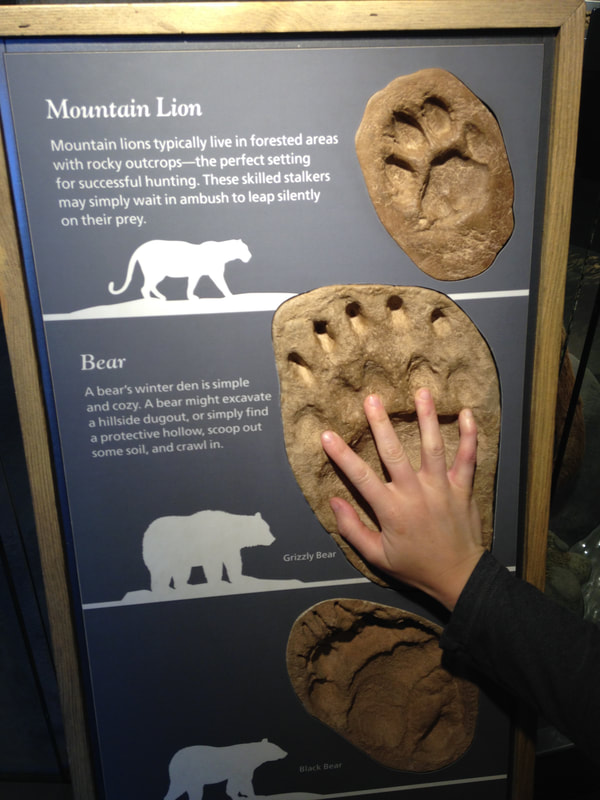You can learn lot about a situation if you stop and observe.
Fact: did you know a bear can instantly read speeds up to 35 miles per hour in a matter of a split second? They can cover 50 yards in less than three seconds. Can you see why you need to have your bear spray easily accessible now?! If you try to out run a bear you will only make matters worse, so just don’t do it. BEAR ENCOUNTERS ON THE TRAIL It’s bound to happen at some point that you will encounter a bear on the trail if you are out and about enjoying the beautiful world around us. My philosophy is not to hide away in fear, but to be as prepared as you can in case something does happen in order for you to enjoy this amazing world around us!
BEAR ENCOUNTERS IN CAMP And now onto my worst nightmare!
A ton of factors play into if your spray will actually deter the bear or not. The biggest thing I took from this booklet is that it’s a crapshoot if any of this stuff actually works or not. When it comes down to it, if a bear wants to attack you, whether it feels threatened or is just a crazy bear, you can only do some much and then hope for the best. Blog post written by Amy Karras
www.unnamedadventures.com
0 Comments
Your comment will be posted after it is approved.
Leave a Reply. |
AuthorsFor the love of travel and new adventures, we live our lives for the next dream fulfilled! Categories
All
Archives
August 2021
|
|
|
Our Hometown of Rapid City, South Dakota |


 RSS Feed
RSS Feed